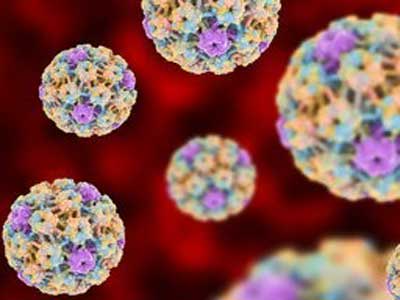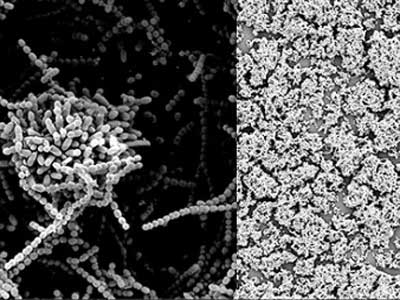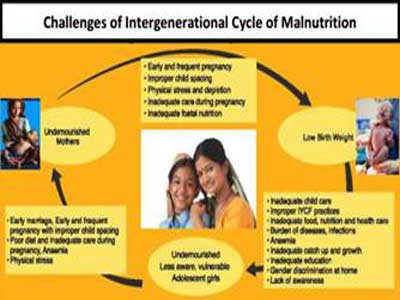There are several types of gynecologic cancers that affect the female reproductive system, including endometrial, ovarian, cervical, vaginal and vulvar cancer.
Read MoreHealth


In 2017, the American Cancer Society estimates more than 250,000 new cases of breast cancer will be diagnosed in the United States, with more than 40,000 deaths. But progress in treatment and early detection has led to improved survival rates, with more than 3 million breast cancer survivors only in the US today.
Read More
A long-term study of nearly 3,000 adults, aged 57 to 85, found that those who could not identify at least four out of five common odors were more than twice as likely as those with a normal sense of smell to develop dementia within five years.
Read More
With Indian doctors’ prowess giving foreigners a confidence to seek treatment here, India has come a long way since independence in healthcare. The country has a booming medial tourism industry, coupled with improved score in health indicators like life expectancy, infant mortality and fertility rate.
Read More
Mother’s milk, which consists of a complex and continually changing blend of proteins, fats and sugars, helps protect babies against bacterial infections.
Read More
Malnutrition among populations – particularly the children, is an interplay of multiple factors like illiteracy, ignorance, poverty, large families, lack of resources including food / nutrition insecurity and poor access to health care services. Since long, our government’s endeavour has been to reduce morbidity / mortality rates by implementing multi-pronged strategies for breaking the inter-generational cycle of under-nutrition. Events leading to malnutrition often predate child-birth; maternal under-nutrition, teenage pregnancies, closely spaced child-births and high parity are the major contributors to pre-term / low birth weight deliveries. Escalating malnutrition among children aged below two years is indicative of poor infant feeding practices. Therefore, appropriate infant feeding practices coupled with adequate maternal nutrition are crucial for healthy growth / development of the child; and for this a life cycle approach is imperative.
Read More














